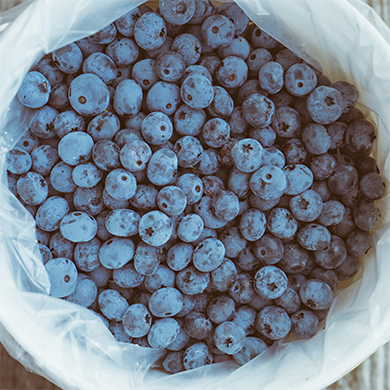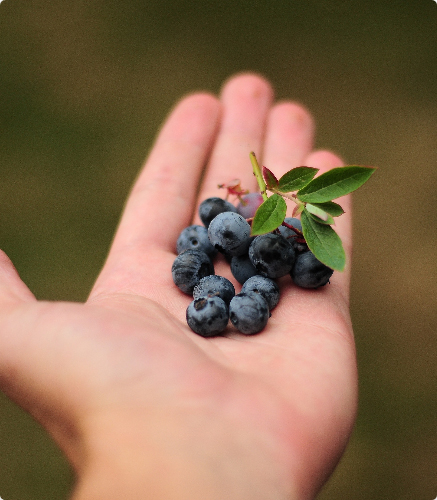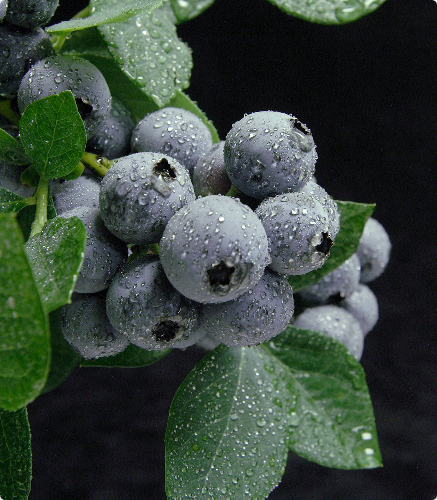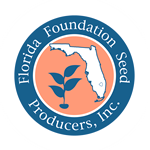Blueberry
The Florida blueberry industry has grown rapidly in the past 20 years. Today the state has more than 7,000 acres of commercial blueberries - producing approximately 20 million pounds, with an annual farm-gate value of $75 million.
UF/IFAS played a pivotal role in the industry’s growth by releasing southern highbush cultivars that ripen April through May - a time of year when few blueberries are available and market prices are high. Historically, rabbiteye blueberries were first cultivated in the early 20th century in Florida, but because of competition with northern blueberry producers, acreage steadily declined to less than 100 acres until the 1970s, when southern highbush cultivars were released.
Since 2005, nearly all acreage planted in Florida has been in southern highbush cultivars developed by UF/IFAS. The industry continues to move farther south into areas such as DeSoto, Highlands, and Okeechobee counties.





